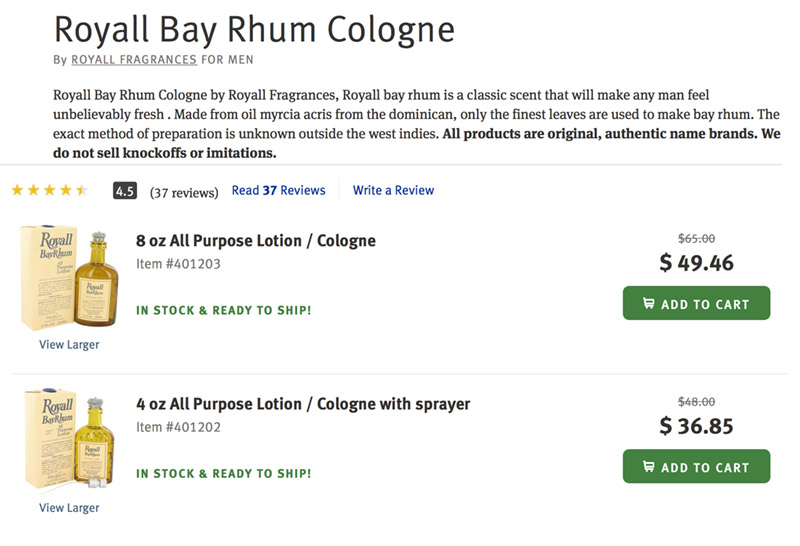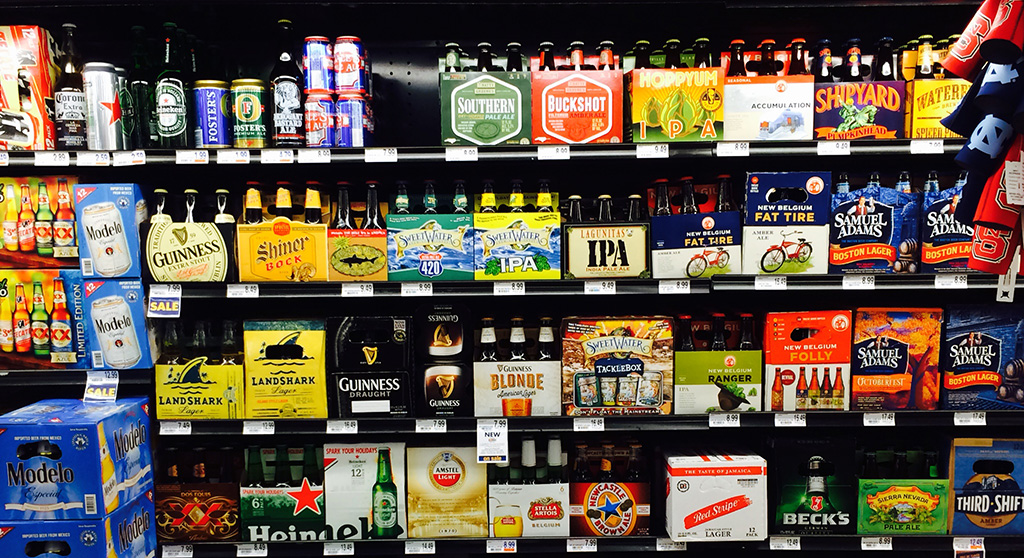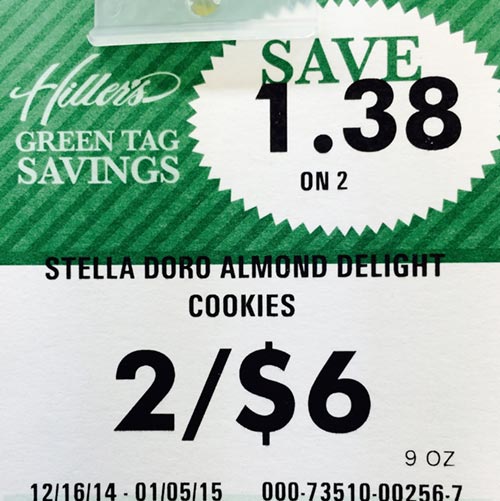Before the consumer or shopper gets to the purchasing stage, marketers must understand the dynamics prior to the purchase. When the consumer discovers they have a need for a product or service, they search for information, evaluate the alternatives, establish their preferences, and finally decide if they are going to purchase the item. What affects their purchase? First of all, at the time of purchase, whether it's online or in a store, it is vital that the product is in stock and available. If the product is not in stock, they cannot make a purchase. Operations management expertise is required to make sure products are on the shelf and that there is ample inventory. This is sometimes made difficult when different parts are manufactured a considerable distance from where it will be sold. So let's assume the product is in stock.
Price will affect whether or not consumers will make the purchase, at this stage, they begin to consider the product and the price. Another factor to consider at the purchasing stage is not only will they buy, but how many will they buy. How much variety is available to the consumer? There was a famous study done by Peter R. Dickson and Alan G. Sawyer which concluded that in supermarkets, consumers are amazingly mindless about shopping. In their research, students dressed up as clerks and watched shoppers as they went around the store to make their purchases. The students stood by particular product categories and timed how long consumers stood in front of the category. They also made a note of how many different items consumers inspected. Once the item was selected, placed in the cart, and moved away from the category, the student approached the shopper and asked the price of the item. They discovered that some shoppers were clueless about what they were doing and were not even aware of the price.
In the grocery store, the students found the average time between arriving and departing from a product category was 12 seconds. In 85% of the time, only the chosen brand was handled and, 90% of shoppers inspected only one size. This indicates the consumer went to the category and bought just one thing. When shoppers moved their cart away from the category and were asked the price of the item, 21% of the shoppers could not even provide an estimate as they had no idea what the price was.
Also, only one-half of those shoppers who said they knew the price was accurate. They did not know the absolute price, but almost all of them knew the relative price. They were aware that they were buying the most expensive or the cheapest product in the category. They might not know exactly how much they paid, but ultimately had some idea of price. Consumers evaluate price relatively, they don't assess absoluteness. Most cannot tell you exactly how much something is worth, but they can tell you whether or not they think it's a fair deal and a good price. What customers think about pricing is based on a reference price, and they compare the price they see on the shelf to that reference price.
There are two kinds of reference prices. There's an external reference price that the marketer can set, and there's an internal reference price that sits in the consumer's head as a benchmark. Most consumers compare the prices that they see to the benchmark in their head. The most common external reference price is the original price. Consumers determine whether or not it's a fair price by comparing the original price. In the grocery store you will see many different sale price advertisements, including “or a limited time only,” a “special deal, ” and or “value price ”. This information trys to convey to the consumer that it is a better price than it usually is.
 In this example the customer has a reference price plus the price for two different quantities.
In this example the customer has a reference price plus the price for two different quantities.
For consumers, “like rules ” can influence the decision to make a purchase. For instance, here's what the price was at one point, and here's what you have to pay now. If consumers interpret that as a good sale price, they are more likely to make a purchase. Another type of “like rules ” is the reference point. If you're in the market for a diamond ring, the diamond industry suggests, “two month’s salary lasts forever”. Is that a reasonable price for a diamond? As a reference point, that is approximately how much you should spend on a diamond.
A reference point will serve as a way to evaluate the price. Consumers are also encountering low price guarantees. A low price guarantee assures that if you find the item somewhere else cheaper, they'll match that low price. This gives consumers peace of mind to go forward and make the purchase. Interestingly, those who decide to purchase based on a low price guarantee do not always seek the lower price because they assume they have the lowest price as a result of the guarantee. Many times when people buy from a low price guarantee, they think it is a low price. Furthermore, they do not necessarily always compare prices, they feel better just knowing that the price is guaranteed. Another type of reference price that consumers use is what they believe the price should be, this is something that's in their head. For example, they have in their head that a can of soda should cost a dollar.
Whatever the price is, the benchmark in their head is the fair price for the product. If the product is higher than their fair price, consumers are less likely to buy. Conversely, if it is lower than their fair price, they're more likely to buy. This is logical, but the problem sometimes is the internal reference price is not always accurate. We know consumers are influenced by things that occur that are very vivid. To illustrate, if a brand is frequently promoted, people stop thinking about this price as a sale price, and consider it as the fair price. In other words, if a brand is often advertised and promoted, the fair price of the item goes down as the internal reference point. People are less likely to buy that product at regular price unless it is on sale.
Marketers must be very cautious about how they discount items. At times it may seem like a good deal, but if discounted too often, it will then be perceived as the fair price and people will not purchase it unless there is an even a lower price. For the marketer, these internal reference prices can be tricky.
The other thing that affects whether or not you purchase is how much variety you see. If you see more variety on the shelf, you're more likely to buy more than one item. And as mentioned earlier, there are a lot of different ways that marketers can create more variety. They can use different colors to create variety, come up with different flavors. These kinds of things might make it more likely that you'll buy more than one. In this store, for example, there are lots and lots of different types of craft beer. And so when you see all that variety, it's likely that you'll buy more beer, than if you only saw one or two different brands of beer.

A price cue is any marketing tactic used by firms to create the perception that its current price offers good value compared to competitors’ price, past prices or future prices. A typical example is placing a sign at the point of purchase claiming an item is on “Sale”.


Academic research on price cues indicates:
- Many customers have poor price knowledge.
- Price cues are effective at increasing demand.
- Price cues are more effective and actual price changes are less effective when customers have poor price knowledge.
- Price cues are most effective on newly introduced items and with newly acquired customers.
- Price cues are less effective when used more often.
- It is profitable for firms to place price cues on items for which prices are low.
- Price cues may lower demand if used incorrectly.
reference - Eric T. Anderson, Kellogg School of Management & Duncan I. Simester, MIT Sloan School of Management- find article Here
Amother tactic is the decoy effect. The decoy effect is defined as the phenomenon whereby consumers change their preference between two options when presented with a third option – the “decoy”– that is “asymmetrically dominated”. It is also referred to as the “attraction effect”or “asymmetric dominance effect”
Asymmetric domination means the decoy is priced to make one of the other options much more attractive. It is “dominated”in terms of perceived value (quantity, quality, extra features and so on). The decoy is not intended to sell, just to nudge consumers away from the “competitor”and towards the “target option”– usually the more expensive or profitable option.
Now we're at the last stage. A purchase has been made, and consumers evaluate the investment. And, what matters here, is whether or not the consumer is satisfied, and whether they're likely to repurchase, or tell anybody about their purchase. Let's look at this post-purchase stage.
So, what does consumer satisfaction mean? Well, on the one hand you might say a consumer is going to evaluate the product based on the actual performance of the product. If the actual performance is good, they will be satisfied. If the actual performance is bad, they won't. However, that's not really the way it works. Consumers don't really evaluate what actually happens. What is much more important is the perceived performance. Even if the actual performance is not exactly correct, if a consumer perceives it to be good, they're happy. If they view it to be bad, even if the actual performance is quite good, they're unhappy. What matters more is the percieved performance, not the actual performance. But also that is not enough to understand satisfaction. The evaluation of the perceived performance is subject to some expected value for that observed performance. Consumers experience high satisfaction if the perceived performance of the product that they just purchased, and then subsequently used or consumed, is better than their expectations. If it doesn't meet their expectations, then they are understandably not satisfied.
If the perceived performance of the product just equals their expectation, they are neutral. Furthermore, when the product meets expectations, consumers do not think about it much, that is what thet expect. When the product exceeds expectations or falls below expectations, consumers are more likely to have an active reaction. What are the active reactions? When the satisfaction is positive and the product exceeds expectations, consumers are likely to repurchase. In addition, when the product exceeds expectations, consumers are likely to recommend it to others by word of mouth or electronically click on the heart or thumbs up icon. To gain consumer loyalty, the marketer needs to manage expectations. The expectation has to be high enough to entice people to want to purchase in the first place. Lowering expectations for a product can also attract consumers, but if the expectations are too low, consumers will not purchase it.
Marketers must set expectations that are reasonable and encourage the purchase. Products with higher expectations generate a very positive reaction and positive word of mouth. On the other hand, if the consumer has a certain hope and the product experience falls short, they're likely to switch to a competitor. When the product experience falls short, consumers are less apt to repurchase and more likely to spread negative word of mouth. Studies have shown that negative word of mouth is about nine times more likely to be spread than positive word of mouth. A complaint is even worse as consumers may register a complaint.
In some cases, if they're really dissatisfied, consumers may file a lawsuit. Lemon laws are American State laws that provide a remedy for purchasers of cars and other consumer goods to compensate for products that repeatedly fail to meet standards of quality and performance. Negative satisfaction is obviously something a marketer wants to avoid. There is an interesting caveat to this problem. When a consumer is dissatisfied and their needs are addressed immediately, for instance, refunding their money will actually generate a higher satisfaction. If a customer complaint is handled promptly in a manner that satisfies or exceeds expectations, a negative satisfaction incident will be corrected.
What you don't want to have happen!
We know consumer reviews are very effective. As consumers, we pay attention to reviews and consider what our friends say on Facebook and Twitter. Social media makes it very easy to see what other people think about products. The person to person word of mouth exchange is extremely crucial for a marketer to review. To increase loyalty to the product and gain new customers, marketers might encourage consumers to spread the good word about their product. An important channel to accomplish this is via expert bloggers and doing so can be really good news. The bad news is if the word of mouth is negative, it may result in the unlikelihood of repurchase and even less likely to stimulate new customers. More than ever, marketers must consider customer satisfaction. The key point to remember is that the purchase is not a single incident. Plenty of steps occur before and after a customer makes a purchase. More important than the purchase itself, is how people evaluate the purchase, and what they do with that information. Marketers must exceed customer expectations to generate positive satisfaction and positive word of mouth.